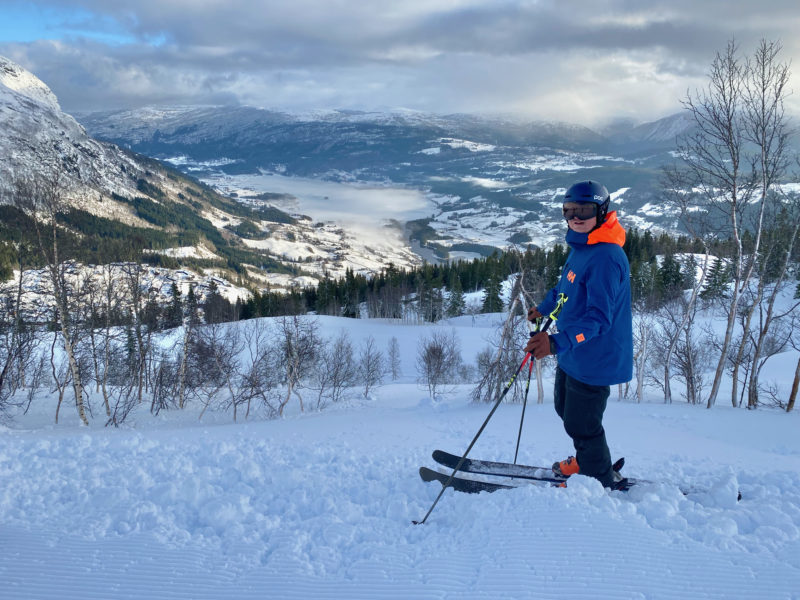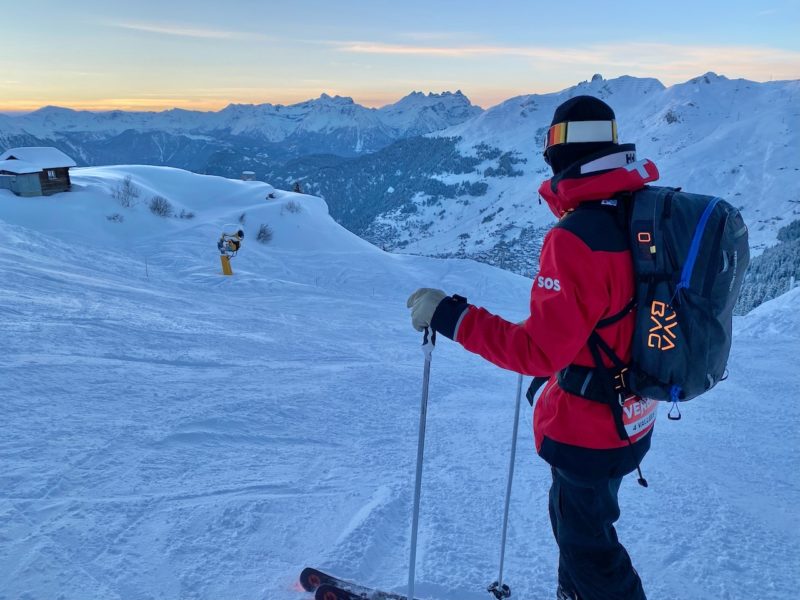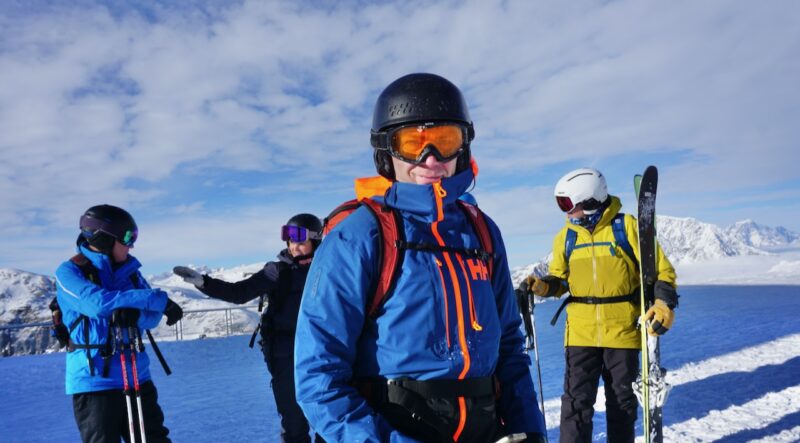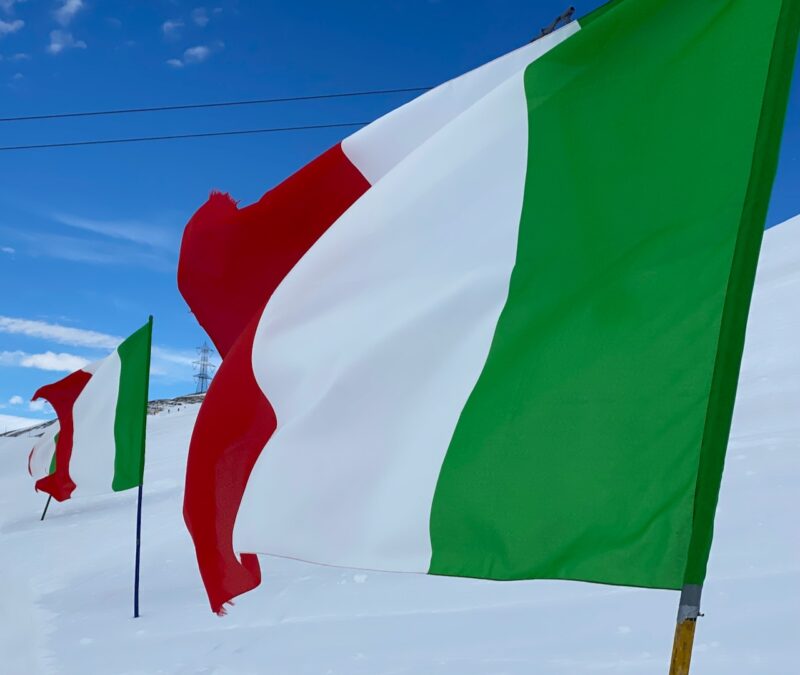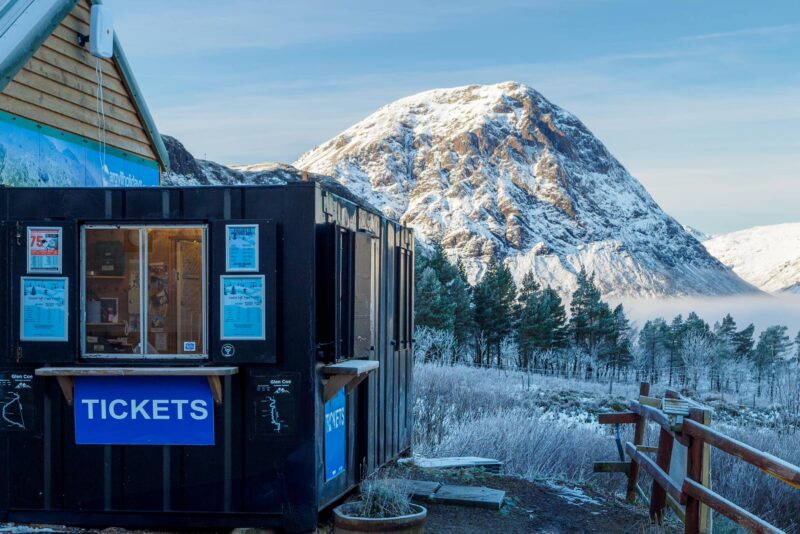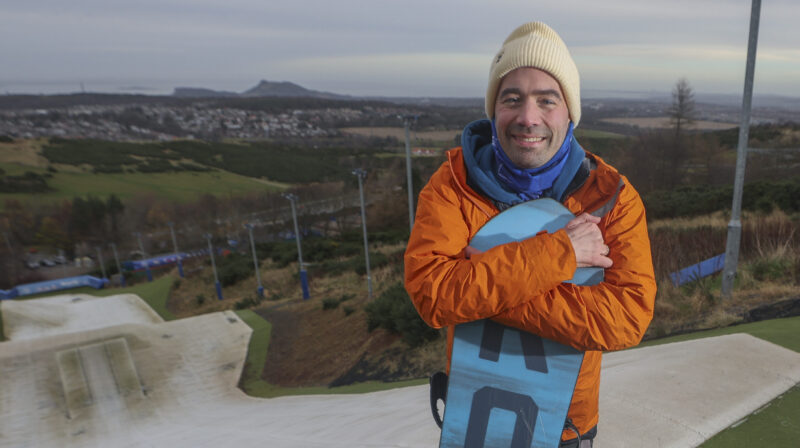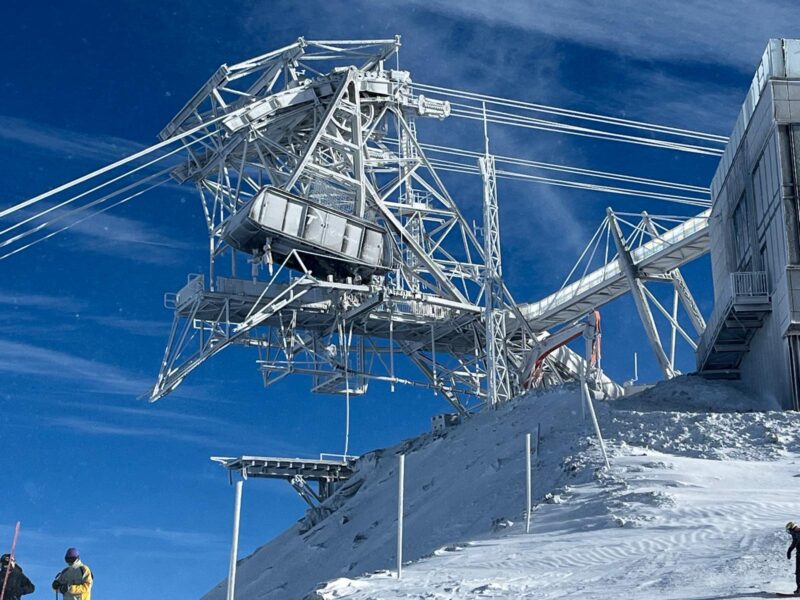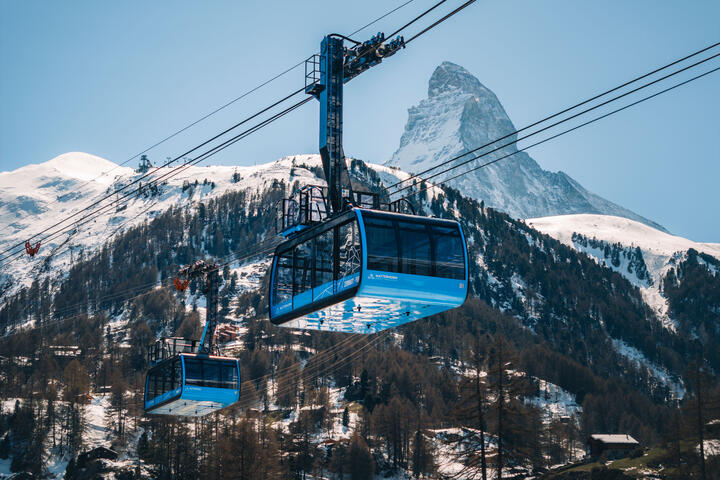Austrian Alps Hammered by Huge Autumn Snowfall
15th September 2024
More than a meter has fallen at altitude and still it snows. It is unprecedented for September. NEW & UPDATED
It often snows at altitude in September, but the levels seen over the past few days in places have been described as ‘unprecedented’ by weather experts.
Snow is falling to as low as 700m in Austria with as much as 2m expected to fall at altitude by the end of Monday.
Austrian storm warning centre UWZ says that in some areas, previous records for the entire month of September will be “surpassed in just a few days”.
Manuel Kelemen, a forecaster for Puls24 TV, said “what we’re experiencing is extraordinary, if not unprecedented”.
“Although occasional (mostly) high-altitude snowfalls are nothing unusual in September, this degree of storm is not something we have seen this early for many years and it will probably end up dumping record snowfalls (for the time of year) across some parts of Austria,” said Fraser Wilkin from weathertoski.co.uk.
“Many other Alpine regions have also seen significant snow at altitude, but it is mostly in Austria where the early winter onslaught appears unusually severe.”
It is being described as a 1 in 50 year event by the Ministry of the Environment of the Czech Republic where there has been heavy flooding.
The Austrian ski resort of Obertauern has seen some of the largest falls:
❄️ Dans les Alpes autrichiennes, on atteint parfois un mètre de neige comme ici à Obertauern vers 1700 mètres ! En plaine, des inondations commencent à apparaître. 🌧️ (© Andis Skihotel) pic.twitter.com/9gjlqRVzt8
— Météo Express (@MeteoExpress) September 14, 2024
Summer 14-09-24 🤔 #Obertauern right now. Photocredit Winfried Veil @winfriedveil pic.twitter.com/WsY2iA50n3
— Johanns (Alpen)weer (@Alpenweerman) September 14, 2024
Obertauern Salzburgo Austria🇦🇹
❄️❄️80 cm‼️
📹 Via Marco Kaschuba FB
pic.twitter.com/la7duDGNFi— Meteosojuela La Rioja (@meteosojuela) September 14, 2024
It is a similar picture in other ski areas in Austria.
Zaterdagochtend 14 september 2024 Schlegeis Stausee, #Dominikushütte. en het blijft maar
sneeuwen! 📷 Heiko Lapp FB pic.twitter.com/zhf8loHUMg— Johanns (Alpen)weer (@Alpenweerman) September 14, 2024
We reported on the snow as it started to fall and have been updating over the past few days.
See here as we tracked the storm’s progress on PlanetSKI:
Further west into France and Switzerland there has been snow in the ski resorts, but nothing like the amounts in Austria.
Here’s Val Thorens:
1st snow in Les Diablerets ! ⌗winteriscoming ⌗sorslesskisdelacave pic.twitter.com/iXCeMxuozp
— Denis Balibouse (@denisbalibouse) September 13, 2024
The current weather in the Alps has been caused by cold polar air from the north interacting with a very warm Mediterranean sea to the south.
It has been so severe for two reasons:
- The position of the storm has pulled in colder air from the north to mix with moisture drawn up from the unusually warm waters of the Mediterranean and the Black Sea.
- The low pressure has been slow moving and has been stuck in a blocked weather pattern, meaning the storm is trapped between high pressure to the west and the east.
The weather has caused huge disruption and some loss of life.
The worst is in Central Europe, especially in Poland and the Czech Republic.
Alpine areas have also been affected.
A firefighter has died while pumping out a flooded cellar in Austria.
In Italy a 56-year-old Canadian woman has died in the Dolomites after she was caught in the snowstorm last Thursday.
The woman was climbing with a 56-year-old male companion.
He is suffering from severe hypothermia.
They called the Italian Alpine Rescue Corps for help after being hit by the snowstorm about two kilometres from a mountain refuge.
There have been numerous avalanches in the mountains.
An avalanche buried an elderly German hiker on Saturday in Austria and he is feared dead.
A German rescue worker was caught in a follow-on avalanche but survived.
The 72-year-old hiker was caught in the avalanche and swept down around 100-150 meters over steep, rocky terrain.
He was completely buried.
Two other hikers were partially buried but were able to free themselves.
They were part of a group of around 30 on a summer hiking trail in the Karwendel region in Austria.
Search and rescue teams from Tirol Austria, and Germany responded to the incident.
The search for the missing hiker has been suspended as it is deemed unsafe to continue.
View this post on Instagram
The Austrian railway network OEBB has advised all passengers to postpone non-urgent journeys.
Part of the Tauern railway line between Bad Hofgastein and Böckstein in the province of Salzburg has been closed because of heavy snowfall.
Flooding and landslides are possible, with gale force winds around the capital, Vienna.
The Austrian province surrounding Vienna has been declared a disaster area, with authorities describing it as “an unprecedented extreme situation”.
Austria’s meteorological service issued its highest warning for heavy rainfall in Vienna, Lower Austria and Burgenland.
The province of Lower Austria has been declared a catastrophe zone.
Austrian Railways, OEBB, say no trains are running between Vienna and Linz.
The main A1 western motorway has flooded near the town of St Pölten and closed at the entrance to Vienna.
Parts of the Vienna underground have been closed, as the Wienfluss river levels rise.
In a post on X, Austria‘s Chancellor Karl Nehammer said: “The storm situation has worsened in the last few hours…The storm situation in the federal states is very serious.”
Here’s the Austrian ski resort gateway city of Salzburg:
Austria, Salzburg #powódź pic.twitter.com/Q41tRqHuGC
— DudekPL4 (@DudekPL4) September 14, 2024
Ski resorts have had summer/autumn activities affected with closed lifts and evacuation orders in place.
The snow is continuing in places but is expected to end on Monday with a rise in temperature and then a return to more seasonal September weather.
It should be 20 degrees by next weekend.
Much of the snow will melt and it will have little bearing on the approaching ski season, but it will have an impact on the handful of glacier areas in the Alps that are currently open.
- Zermatt, Switzerland
- Saas-Fee, Switzerland
- Hintertux, Austria
- Passo Stelvio, Italy.
The glacier above Zermatt can also be reached from Cervinia in Italy.
Other resorts in Austria are opening later this month and early October.
Pitztal is planning to open its glacier area in a couple of weeks on September 28th.
Kaunertal hopes to follow the next week on October 4th.
The weather in Kaunertal has now cleared and the resort reports that 30cm has fallen.
The snow is very welcome and now it will be all hands on deck to clear the snow and prepare for some fantastic winter openings in just a few weeks time.
Here at PlanetSKI we’ll keep you posted….




